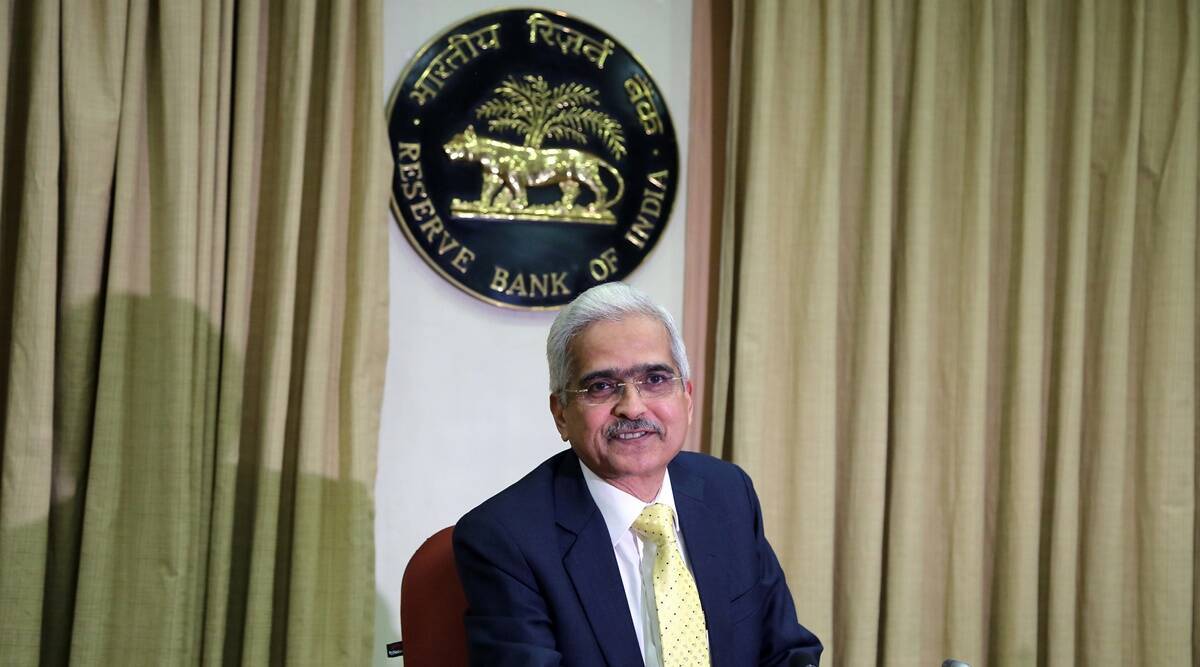
Bimonthly RBI monetary policy:
The Reserve Bank of India has announced its bimonthly monetary policy and kept the repo rate unchanged at 6.50 per cent. The RBI’s Monetary Policy Committee (MPC) unanimously decided to keep the repo rate unchanged at 6.50 per cent, governor Shaktikanta Das said, announcing the statement of monetary policy, the first in the current financial year. Economic activity remains resilient, and real GDP growth is expected to have been 7 per cent in FY 22-23. The RBI Governor also said that the withdrawal of accommodation and that the repo rate hike has been paused only for this meeting. The next meeting of the MPC is scheduled during June 6-8, 2023.
Buy Prime Test Series for all Banking, SSC, Insurance & other exams
Bimonthly RBI monetary policy: RBI Rates
- Policy Repo Rate: 6.50%
- Standing Deposit Facility (SDF): 6.25%
- Marginal Standing Facility Rate: 6.75%
- Bank Rate: 6.75%
- Fixed Reverse Repo Rate: 3.35%
- Cash Reserve Ratio (CRR): 4.50%
- Statutory Liquidity Ratio (SLR): 18.00%
Bimonthly RBI monetary policy: Key points
- All members of the MPC unanimously voted to keep the policy repo rate unchanged at 6.50 per cent.
- Real GDP growth for 2023-24 is projected at 6.5 per cent with Q1:2023-24 at 7.8 per cent; Q2 at 6.2 per cent; Q3 at 6.1 per cent; and Q4 at 5.9 per cent
- Retail inflation is expected to moderate to 5.2 per cent in FY2023-24
- The standing deposit facility (SDF) would remain unchanged at 6.25 per cent, and the marginal standing facility, i.e., the MSF rate, and the bank rate at 6.75 per cent.
- The RBI’s MPC has raised the repo rate by 250 bps in the last 11 months, from May 2022.
The Monetary Policy Committee
All members of the MPC – Dr. Shashanka Bhide, Dr. Ashima Goyal, Prof. Jayanth R. Varma, Dr. Rajiv Ranjan, Dr. Michael Debabrata Patra and Shri Shaktikanta Das. Section 45ZB of the amended RBI Act, 1934 provides for an empowered six-member monetary policy committee (MPC) to be constituted by the Central Government by notification in the Official Gazette. The first such MPC was constituted on September 29, 2016. The present MPC members, as notified by the Central Government in the Official Gazette of October 5, 2020.
RBI Repo Rate: Instruments of Monetary Policy
- Repo Rate: The interest rate at which the Reserve Bank provides liquidity under the liquidity adjustment facility (LAF) to all LAF participants against the collateral of government and other approved securities.
- Standing Deposit Facility (SDF) Rate: The rate at which the Reserve Bank accepts uncollateralised deposits, on an overnight basis, from all LAF participants. The SDF is also a financial stability tool in addition to its role in liquidity management. The SDF rate is placed at 25 basis points below the policy repo rate. With introduction of SDF in April 2022, the SDF rate replaced the fixed reverse repo rate as the floor of the LAF corridor.
- Marginal Standing Facility (MSF) Rate: The penal rate at which banks can borrow, on an overnight basis, from the Reserve Bank by dipping into their Statutory Liquidity Ratio (SLR) portfolio up to a predefined limit (2 per cent). This provides a safety valve against unanticipated liquidity shocks to the banking system. The MSF rate is placed at 25 basis points above the policy repo rate.
- Liquidity Adjustment Facility (LAF): The LAF refers to the Reserve Bank’s operations through which it injects/absorbs liquidity into/from the banking system. It consists of overnight as well as term repo/reverse repos (fixed as well as variable rates), SDF and MSF. Apart from LAF, instruments of liquidity management include outright open market operations (OMOs), forex swaps and market stabilisation scheme (MSS).
- LAF Corridor: The LAF corridor has the marginal standing facility (MSF) rate as its upper bound (ceiling) and the standing deposit facility (SDF) rate as the lower bound (floor), with the policy repo rate in the middle of the corridor.
- Main Liquidity Management Tool: A 14-day term repo/reverse repo auction operation at a variable rate conducted to coincide with the cash reserve ratio (CRR) maintenance cycle is the main liquidity management tool for managing frictional liquidity requirements.
- Fine Tuning Operations: The main liquidity operation is supported by fine-tuning operations, overnight and/or longer tenor, to tide over any unanticipated liquidity changes during the reserve maintenance period. In addition, the Reserve Bank conducts, if needed, longer-term variable rate repo/reverse repo auctions of more than 14 days.
- Reverse Repo Rate: The interest rate at which the Reserve Bank absorbs liquidity from banks against the collateral of eligible government securities under the LAF. Following the introduction of SDF, the fixed rate reverse repo operations will be at the discretion of the RBI for purposes specified from time to time.
- Bank Rate: The rate at which the Reserve Bank is ready to buy or rediscount bills of exchange or other commercial papers. The Bank Rate acts as the penal rate charged on banks for shortfalls in meeting their reserve requirements (cash reserve ratio and statutory liquidity ratio). The Bank Rate is published under Section 49 of the RBI Act, 1934. This rate has been aligned with the MSF rate and, changes automatically as and when the MSF rate changes alongside policy repo rate changes.
- Cash Reserve Ratio (CRR): The average daily balance that a bank is required to maintain with the Reserve Bank as a per cent of its net demand and time liabilities (NDTL) as on the last Friday of the second preceding fortnight that the Reserve Bank may notify from time to time in the Official Gazette.
- Statutory Liquidity Ratio (SLR): Every bank shall maintain in India assets, the value of which shall not be less than such percentage of the total of its demand and time liabilities in India as on the last Friday of the second preceding fortnight, as the Reserve Bank may, by notification in the Official Gazette, specify from time to time and such assets shall be maintained as may be specified in such notification (typically in unencumbered government securities, cash and gold).
- Open Market Operations (OMOs): These include outright purchase/sale of government securities by the Reserve Bank for injection/absorption of durable liquidity in the banking system.
Find More News on Economy Here




 MeitY Launches PARAM SHAKTI Supercomputi...
MeitY Launches PARAM SHAKTI Supercomputi...
 Akasa Air Enters IATA, Becomes India’s F...
Akasa Air Enters IATA, Becomes India’s F...
 Union Minister Annpurna Devi Inaugurates...
Union Minister Annpurna Devi Inaugurates...







